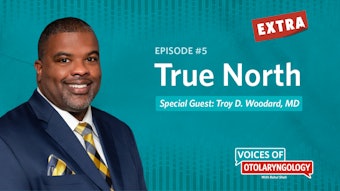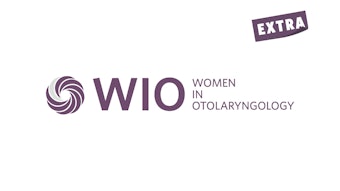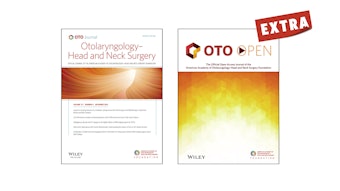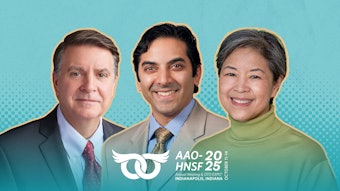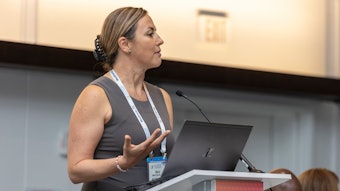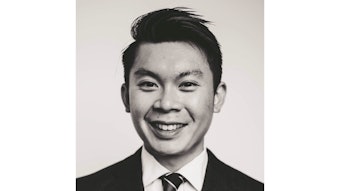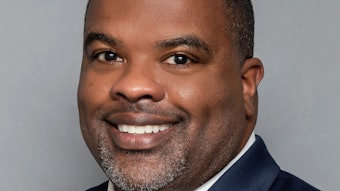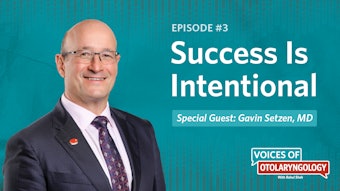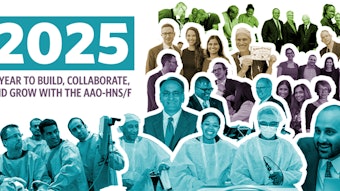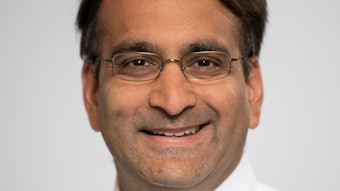The Power of Practice Consolidation
Lessons learned during the nearly decade-long evolution of The Centers for Advanced ENT Care’s journey into a unified and resilient physician-led organization.
Marc G. Dubin, MD
 Marc G. Dubin, MD
Marc G. Dubin, MD
Consolidation of medical practices is being driven by financial pressures, increased administrative burdens, regulatory complexities, and other competitive forces. It is a transformative journey that requires strategic foresight, operational agility, and a clear understanding of long-term goals. For The Centers for Advanced ENT Care (CAdENT), this journey began with a simple goal: to leverage collective bargaining power for better insurance reimbursements and operational efficiencies. Over nearly a decade, this process evolved into a merger with ENT Specialty Partners, offering valuable insights for those considering a similar path.
Our primary driver behind rolling up individual practices was to increase reimbursement rates and achieve economies of scale. By combining 17 ENT groups with 49 physicians across Maryland, Washington, DC, and Virginia, CAdENT sought to negotiate better insurance contracts and streamline operations without sacrificing the autonomy of individual practices. The model allowed practices to maintain significant independent decision-making while operating under one tax ID. A small central office handled shared services such as payroll, 401(k), and benefits, while governance decisions were made by a 22-member board representing each division and three physician leaders. This structure offered advantages, including upfront financial gains through improved reimbursement schedules, independent control for divisions, low shared administrative overhead, and indemnification from liability arising from other divisions. CAdENT officially launched on December 1, 2017, and was successful in delivering better contract rates and cost savings on major expenses.
Despite these successes, the organization encountered challenges. The initial governance structure, while inclusive, proved inefficient. A large board that met only monthly slowed decision-making processes, while the autonomy of siloed divisions resulted in occasional breaches of corporate policies made it challenging to gain operational efficiencies, and ultimately did not result in economies of scale.
The pandemic brought these issues to a head, exposing vulnerabilities in the decentralized structure. Applying for PPP loans required consolidating 17 separate profit and loss statements, which created a significant administrative burden. Variability in accounting and tracking across divisions highlighted the urgent need for standardization. The challenges of managing these processes made it clear that a more cohesive structure was essential for long-term success. Without centralized authority for physician leaders, with the inefficiency of siloed operations and with a corporate office overwhelmed by issues stemming from division-level autonomy, the organization struggled to function effectively.
The realization dawned that achieving greater economies of scale and operational resilience required deeper consolidation. However, this level of transformation required significant investments in corporate infrastructure, including leadership roles such as a CEO, CFO, COO, IT director, and a head of revenue cycle management. Funding these changes required exploring options, including selling to private equity (PE), self-funding, or partnering with strategic investors. The idea of selling to private equity was unappealing to many partners, as traditional PE models involve trading a portion of current income in perpetuity in exchange for cash and equity, with the hope that the company will be sold again soon. In these arrangements, the incentives of the PE investors are often at odds with the goal of maintaining a long-term, sustainable medical practice. This did not align with the long-term goals and values of CAdENT. Self-investment posed financial risks, particularly given the substantial upfront costs required to build the necessary infrastructure. Partnering with strategic investors emerged as a more viable option, offering the potential for capital infusion without relinquishing control of day-to-day practice management.
CAdENT ultimately found alignment with ENT Specialty Partners, which had successfully built an otolaryngologist physician-led model with outside capital investment under Ronald B. Kuppersmith, MD, MBA [former AAO-HNS/F President], and Anthony Natale, MD. Unlike CAdENT’s approach of rolling up practices first and building central infrastructure later, ESP had already established a scalable operational backbone. The merger, finalized on August 1, 2023, marked the next phase for CAdENT. While some partners opted out for personal or professional reasons, the decision to merge was ultimately about creating a sustainable, growth-oriented entity.
One of the biggest misconceptions about outside capital is that it always leads to income reductions and loss of control. In reality, capital investment can take various forms, and the key is finding terms that align with the goals of all parties. Different models exist depending on the priorities of the organization. For those seeking to accelerate future income, the current private equity model may offer an attractive option. For those focused on building a sustainable business, other capital models emphasize long-term growth. Regardless, CAdENT’s goal was finding the right partner, particularly one who would invest in building a thriving business rather than merely extracting short-term value.
Since joining ESP, CAdENT has made remarkable progress. The organization now has access to an experienced management team that would have been unattainable independently, providing crucial expertise in areas such as finance, operations, IT, compliance, HR, recruiting, and revenue cycle management. This structure enabled the organization to navigate crises, such as the Change Healthcare meltdown, with financial and operational resilience. The improvements in efficiency and financial stability have validated the decision to align with a partner whose goals matched CAdENT’s vision of long-term success.
The journey from a loosely connected network of practices to a unified entity under ENT Specialty Partners provides valuable lessons for those considering practice consolidation. Deciding whether to prioritize physician control, sustainable and compliant infrastructure, financial growth, or short-term financial gain is crucial, as different paths require different strategies. Although our experience at CAdENT demonstrated that a decentralized model can deliver quick wins, achieving sustained gains depends on consolidation and standardization of critical business processes which requires significant upfront investments in infrastructure and leadership. Capital investment in the practice—whether from physicians, loans, or external partners—is an absolute reality of consolidation.
CAdENT’s experience highlights that consolidation is not just about immediate financial gains but also about creating a business capable of thriving for decades. By aligning with ENT Specialty Partners, CAdENT has demonstrated the potential of thoughtful consolidation to balance operational efficiency with clinical autonomy. Although challenges are inevitable, the right strategy, governance, and partnerships can transform a collection of practices into a thriving, physician-led organization prepared for long-term success.
